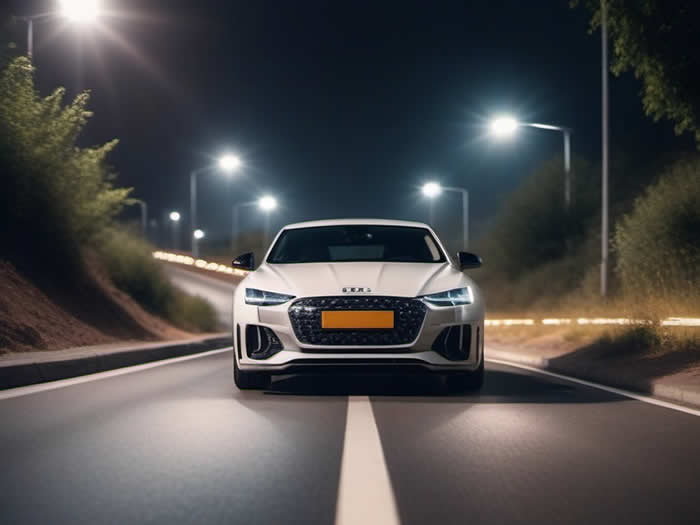文字のサイズ
- 小
- 中
- 大
Multi-pathways of electrification
Electrification in the global automotive industry is beginning to show signs of movement towards ‘multi-pathways’ in major markets such as Europe and the USA, with the exception of China.

The background to the emergence of the multi-pathway concept is the difficulty in reducing BEV production costs due to high battery costs, the reluctance to buy due to rising BEV prices (e.g. a trend towards second-hand vehicles), energy and power issues and the lack of charging infrastructure, and the still strong preference for engines in the market. The market for BEVs is expected to remain strong, with a strong preference for engines, etc. Against this backdrop, there was a move to allow eFuel in Europe in March 2023, and this month the UK announced that the initial engine car sales ban (new car registration) will be postponed from 2030 to 2035.
With a realistic reliance on engine vehicles inevitable, there is renewed industry interest in HEVs/PHEVs, which have enjoyed a lead from Japanese automakers, as part of VW’s move to launch eHEVs from 2024 and the emerging BYD move to increase PHEVs. These developments are once again driving the industry towards engine + electrification, which means that, as with BEVs, demand for electrified systems, including drive motors and inverters, will increase.
If the competition shifts once again to fuel economy (efficiency) with HEVs and PHEVs at the centre, it will be essential to improve not only engine technology, but also motor and inverter efficiency, similar to BEVs. Although the system cost itself may be lower than that of BEVs, the future area of competition will be in extending the EV mode range and overall high-speed range, so the role of complete vehicles and suppliers in these areas will become more important and competition is expected to intensify.
As in the first part of the series, ‘Drive motors’, the business development of Tier 1 and Tier 2/3 suppliers and related components, including the competitive situation, will be investigated and analysed for key components such as inverters, power modules, smoothing capacitors, reactors, DC-DC converters and heat sinks for global electric vehicles (xEVs). industry, including the business development and competitive situation of Tier 1 and Tier 2/3 suppliers. In addition, an internal and external literature survey on the xEV inverter industry and related component industries will be conducted, along with basic information indispensable for the formulation of electrification business strategies for automobile manufacturers, automotive parts and materials manufacturers, as well as the acquisition of industry information related to demand forecasts and decision-making materials, and a report on industry challenges and future directions.






